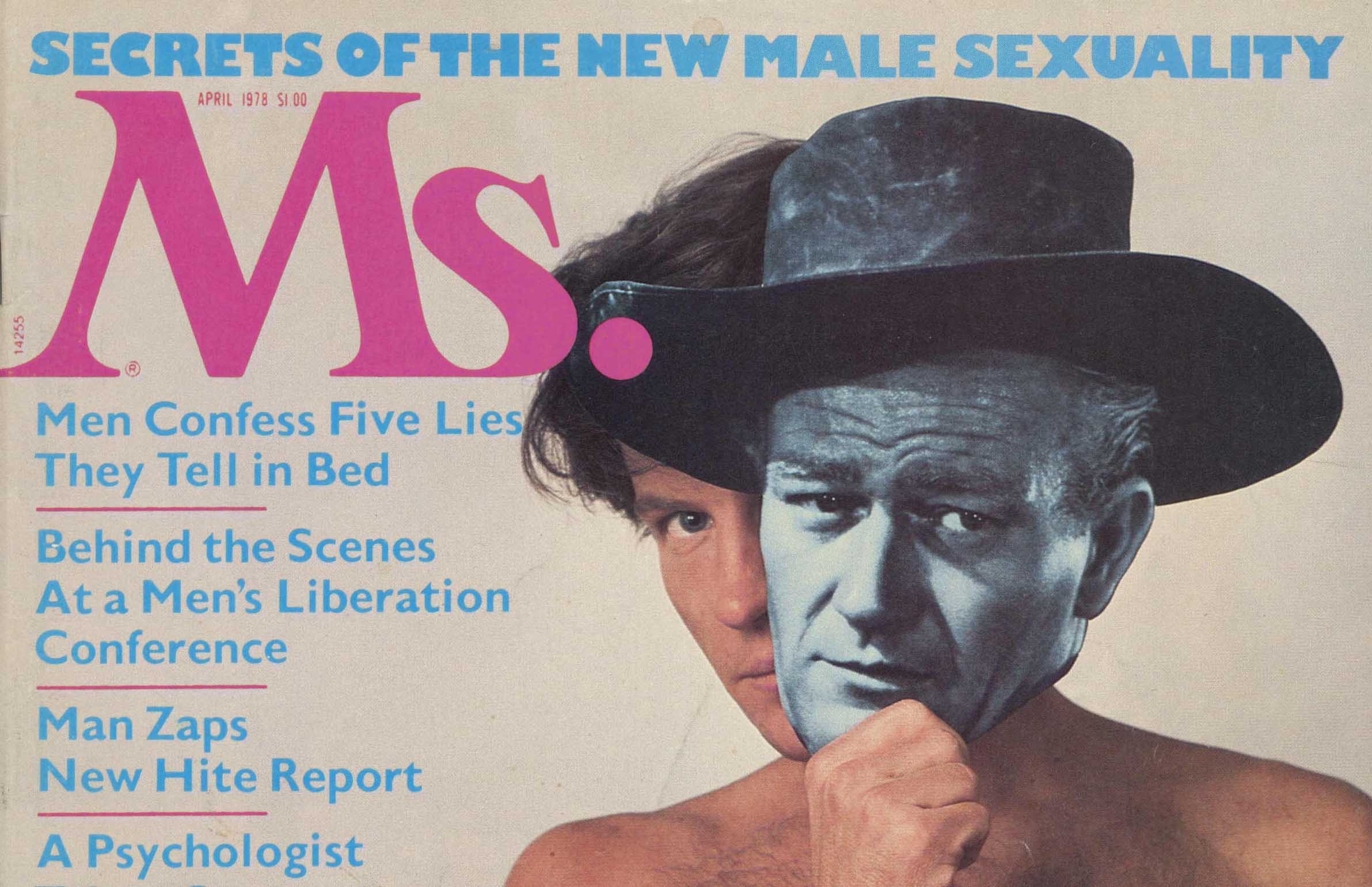The Men's Movement
Emerging in the late 1960s in response to the so-called ‘Second Wave Feminism’ instigated by women such as Betty Friedan, the social phenomenon known as the Men’s Movement represents several diverse, unaffiliated networks focussed on differing – and often contradictory – goals.
Digitised from the archive of Michigan State University (MSU) Library, these unique documents illuminate major organisations within the larger movement including the pro-feminist movement, the mythopoetic men’s movement and the men’s rights movement. A unifying strand represented throughout this collection is the emergence of a “new” masculinity, and explorations of traditional roles and responsibilities associated with manhood. In this vein, the US newsletter, Man, alive!, offers a “new male manifesto”, which begins: “Men are beautiful. Masculinity is life-affirming and life-supporting.” For an in-depth introduction to the MSU holdings, watch Peter I. Berg’s video interview on the topic.
A dedicated Image Gallery offers an excellent starting point to explore the highly visual content included in this collection, from cover imagery celebrating masculine physiques and fatherhood to Photos from the 4th National Conference on Men and Masculinity. The bulk of the collection is comprised of periodicals, many of which include unvarnished writings on sex, divorce, parenthood, violence and politics.
Pro-feminist, gay-affirming organisations published periodicals offering a liberal perspective on abortion, feminism, sexuality and mental health. One of the most prominent titles, published between 1979-1994, was M. Gentle Men for Gender Justice [Renamed, Changing Men] which included articles such as “Can white heterosexual men understand oppression?”, “Unlearning rape” and “Jewish men, feminist consciousness”. The Australian periodical, Xy: Men, Sex, Politics, incorporated content on fathering, sport and sex alongside the humorous quiz, “How sensitive are you?”, while documents published by the California Anti-Sexist Men’s Political Caucus (C.A.M.P. Caucus) aimed to promote equality between men and women.
Inspired by the publication of Robert Bly’s Iron John: A Book About Men, the mythopoetic men’s movement framed the question of gender as a spiritual challenge; Thunder Stick: the Journal of Vancouver Men is one example in this collection, including articles on ecomasculinity, healing and intimacy, while New Warrior Journal includes articles on the “Further Evolving of Man”.
At the other end of the political spectrum, The Quest: Equal Rights for Men, produced between 1986-2000, provides an insight into the materials produced by “men’s rights” or “fathers’ rights” organisations, many of which – in their discussion of topics including false rape allegations and assaults perpetrated by women – veer towards anti-feminism. Gender Bias Reporter and Aladdin’s Window, both published in the early 1990s, contain similar themes, and include articles on “dead beat moms” and hardships faced by men, particularly with regards to custody.
Though the viewpoints put forward in these periodicals can at times seem aggressive and shocking, they offer a unique insight into the contrasting opinions held by men in the later decades of the twentieth century, posing questions on the topic of traditional gender roles, masculinity and sex.



